2 Major Factors That Will Improve Cleaning
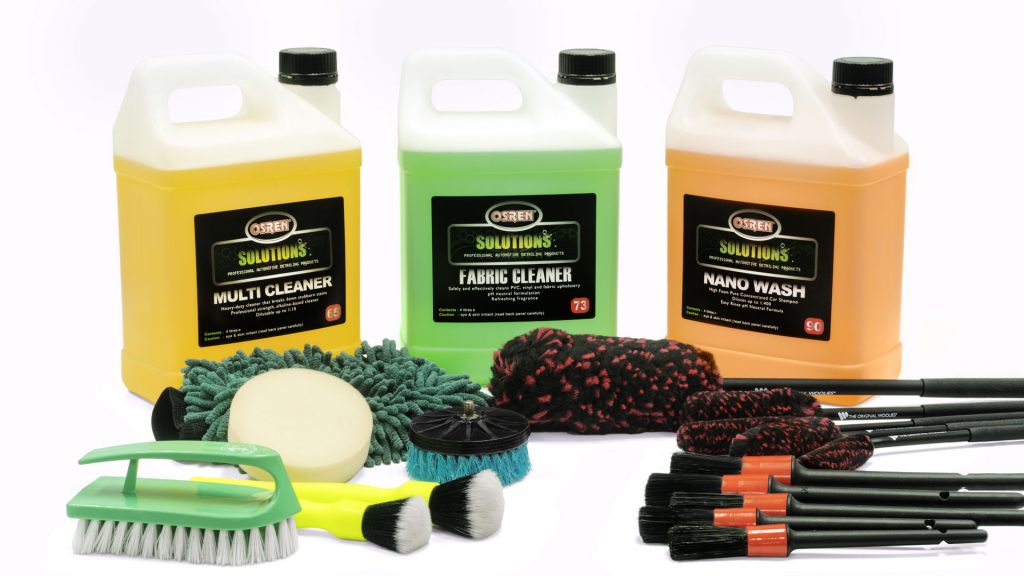
Why are some detailers using degreaser for fabric seat cleaning? Is it safe?
If you have thought about the question above (or not), this blog will benefit you in getting to understand the synergy between mechanical agitation and chemical cleaning.
These are the 2 major factors that contribute to cleaning. We will be exploring how the synergy works and how it can help to further increase effectiveness in cleaning various car surfaces.
Mechanical agitation is the involvement of using a medium to loosen dirt/gunks/particles. More often than not, mechanical agitation is performed to loosen dirt and gunks from surfaces.
Chemical cleaning is the involvement of relying on various active ingredients to dissolve, purify, break down, encapsulate or react with deposits. This is perhaps the most vital aspect of cleaning as no cleaning can be performed effectively without chemical formulation.
Mechanical agitation and chemical cleaning goes hand in hand, and it’s inseparable in cleaning in any aspect of our life. In the detailing scene, mechanical agitation and chemical cleaning requires a more thoughtful approach to prevent damage, marring or chemical etching from occurring.
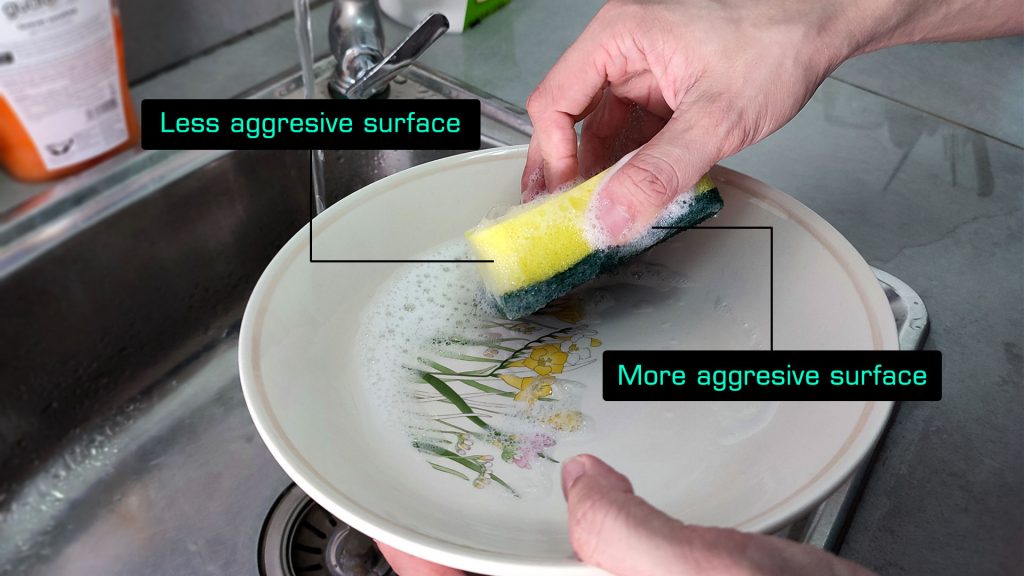
For example, cleaning the paintwork requires a mild chemical cleaning that does not strip last step products (LSP), while being effective enough to remove impurities from paint. While for mechanical agitation, it is recommended to use a softer approach to prevent marring on paint.
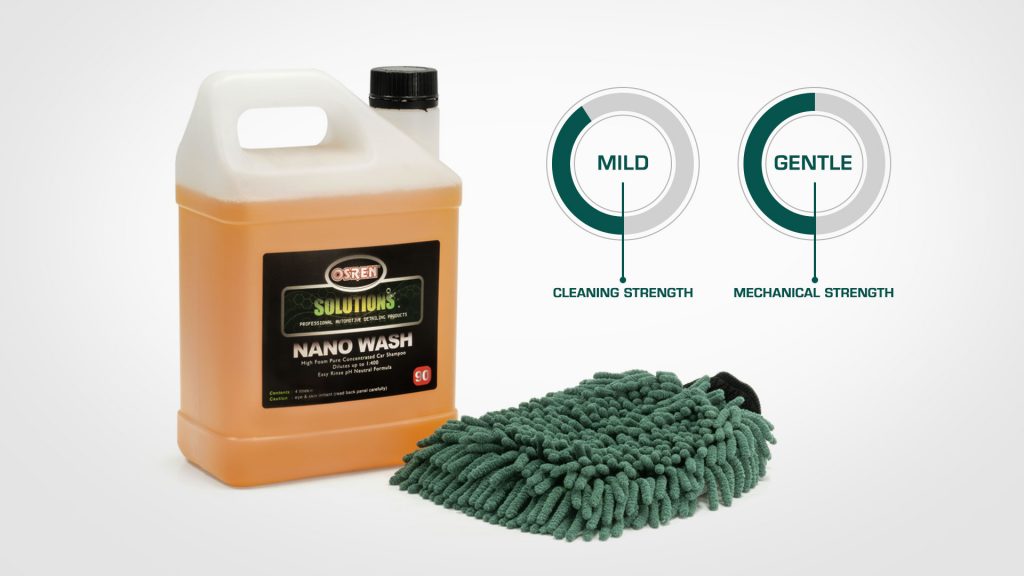
On interior upholsteries, the surface can take rougher scuff as fibers are tougher and able to suffer less from wear-and-tear; Which means brush is safe on fibers. While the strength of the cleaner can be formulated a tad stronger than a exterior shampoo (yet still gentle to avoid discoloration) to break down stains.
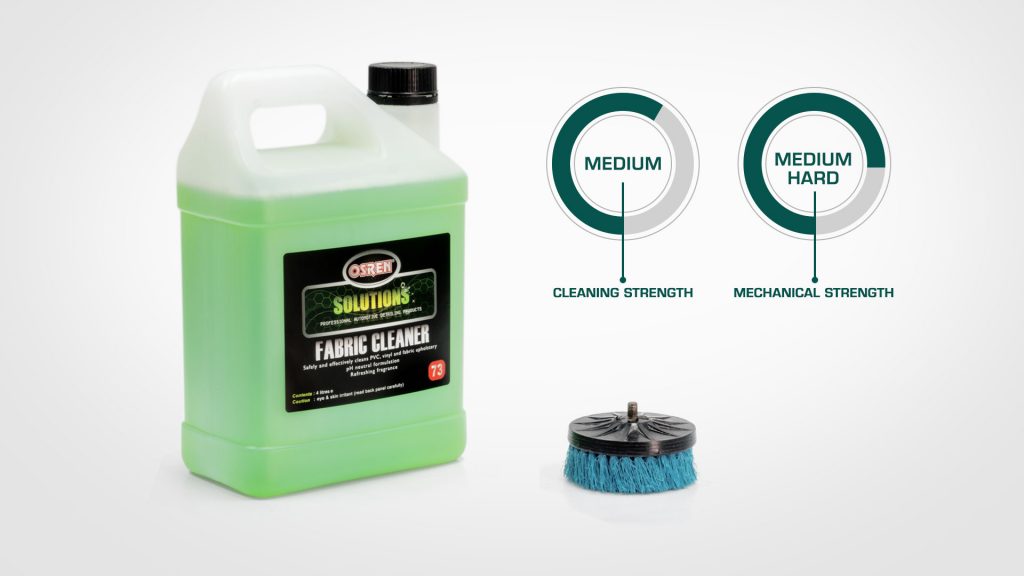
Knowing when to increase and understand the limitations of both mechanical agitation and chemical cleaning will tremendously improve any detailers’ approach in detailing.
When dealing with a unique or severe condition of a surface, and drastic approach is required to remove impurities from a surface, both mechanical agitation and chemical cleaning can be revised to resolve the problem.
For instance, cleaning tough black stains off a white car (this is an ubiquitous occurrence in tropical or humid weathered countries) the regular approach of washing may be insufficient. Increasing mechanical agitation may not be a good idea as it would inflict scratches or marring on paint. While on the strength of the choice of cleaner, a marginally stronger cleaner can be utilised to perform a more effective cleaning.
By spraying a degreaser or similar strength cleaner onto the wash mitt, it will effectively increase the chemical cleaning strength in removing stubborn stains without the need of harsher agitation.
On interior vinyl of an older or neglected car, stronger cleaners might not be ideal as discoloration will happen. A slight stiffer foam or a medium-hard detailing brush can be used to agitate and loosen more greasy gunk instead. This is also due to the fact that stains on vinyl will not seep deep into the surface and repeated passes would help to dislodge more dirt effectively.
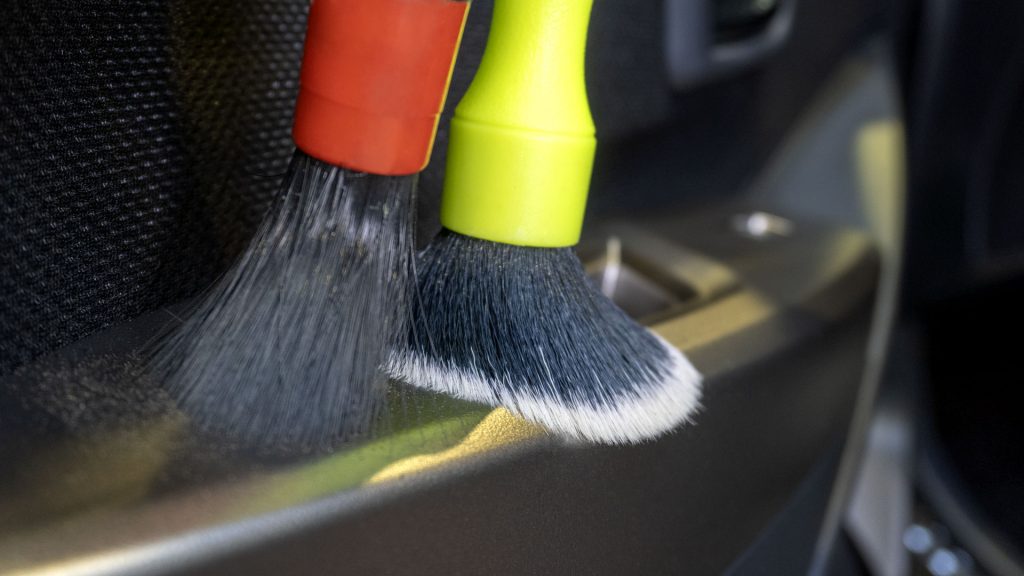
While some surfaces such as rubber tyre and wheel well, stronger cleaner and agitation can both be increased to perform a thorough cleaning.

To determine if a surface is suited for harsher agitation or stronger chemical cleaning, here are some considerations:
• Is the surface prone to abrasion of wear-and-tear?
• Will a stiffer medium used for dislodging gunks cause damage or scratches to the surface?
•Is the bond between the stain and the surface weak or strong? Does it require harsher agitation to dislodge or it can be dissolved with a cleaning formulation?
• Is the surface sensitive to discoloration, oxidation and/or etching? Will a stronger cleaner help in removing stains without harming it overtime?
It is important to understand that mechanical agitation and chemical cleaning goes hand-in-hand and works in synergy. Increasing the strength of either one factor will always result in a trade-off, such as increasing wear-and-tear through harsh agitation, or hastening discoloration with stronger chemical cleaning. We advise using your discernment when dealing with severe issues. (Or you could always email and get our advise at [email protected])
We hope this write up enlightens you and helps you to understand better in your detailing journey!
PS: A diluted degreaser (decreased in its full potential undiluted strength, but marginally stronger than most generic upholstery cleaners) lowers the chances of discoloration and can possibly be used on fabric to remove tough stains.






